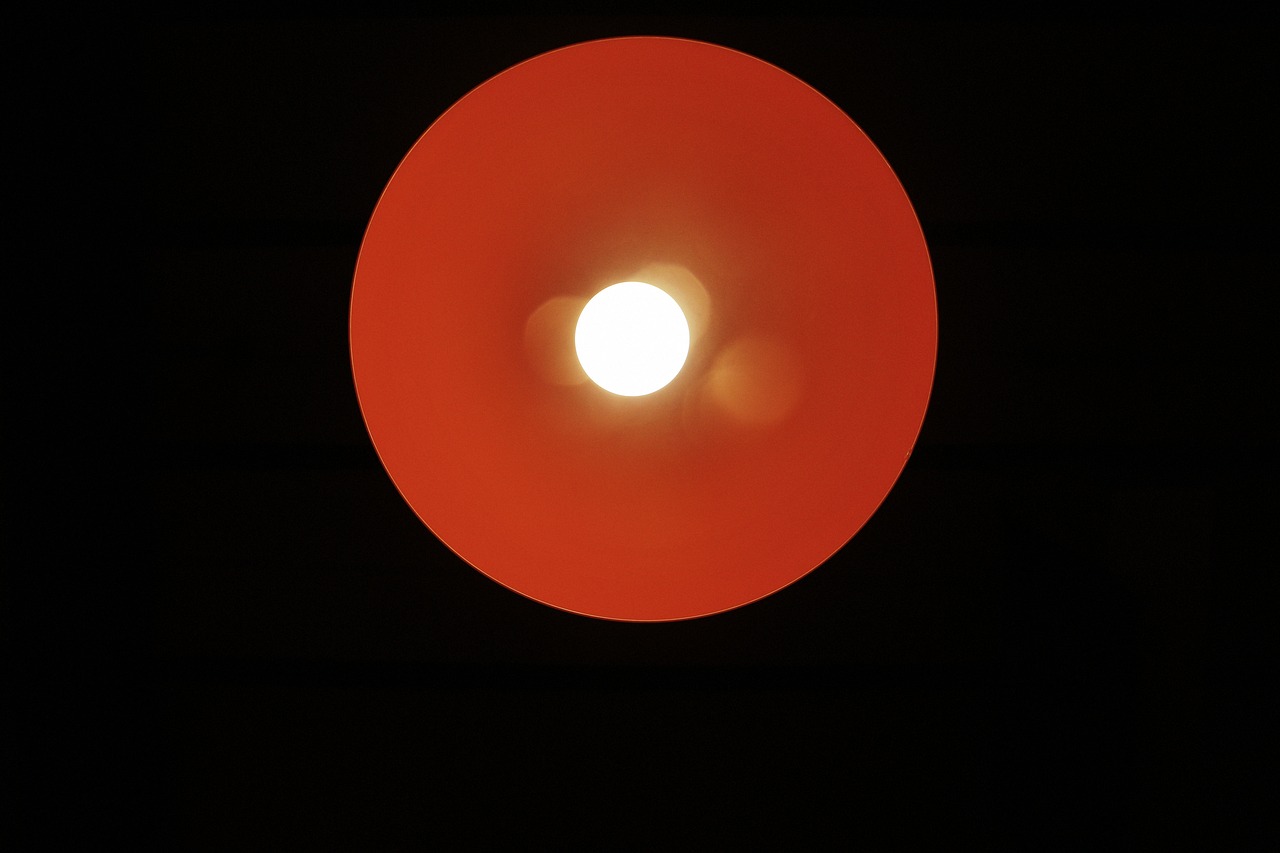Exploring the Potential of Quantum Dots in Display Technology
Quantum dots have come a long way since their discovery in the early 1980s by Alexey Ekimov and Louis Brus. Ekimov, a Russian physicist, was the first to synthesize semiconductor nanocrystals, while Brus, an American chemist, later demonstrated their quantum size effect. This groundbreaking research paved the way for further advancements in the field of nanotechnology.
In the years following their discovery, quantum dots have found applications in various fields, from biotechnology to electronics. Their unique optical and electronic properties have made them a key ingredient in the development of cutting-edge technologies such as quantum dot displays and solar cells. As researchers continue to explore the potential of these tiny semiconductor particles, the history of quantum dots is still being written with each new breakthrough and innovation.
• Quantum dots were discovered in the early 1980s by Alexey Ekimov and Louis Brus
• Ekimov was a Russian physicist who synthesized semiconductor nanocrystals
• Brus, an American chemist, demonstrated their quantum size effect
• Their research paved the way for advancements in nanotechnology
• Quantum dots have applications in biotechnology and electronics
• Key ingredient in technologies like quantum dot displays and solar cells
The Science Behind Quantum Dots
Quantum dots are nanoparticles that have unique optical and electronic properties due to their size and composition. These tiny semiconductor particles are typically made from materials such as cadmium selenide, cadmium sulfide, or indium arsenide. When quantum dots are excited by light or electricity, they emit light at specific wavelengths based on their size, making them incredibly versatile for various applications. The quantum confinement effect, which restricts the motion of electrons and holes within the nanoparticle, is responsible for the tunable optical properties of quantum dots.
The size of quantum dots directly affects the color of light they emit, with smaller dots emitting light at shorter wavelengths (such as blue or green) and larger dots emitting light at longer wavelengths (such as red or infrared). This size-dependent emission, known as quantum size effect, allows for precise control over the color output of quantum dot-based devices. Additionally, quantum dots exhibit high quantum efficiency, meaning they can convert a high percentage of absorbed photons into emitted photons, making them ideal candidates for use in display technologies with vibrant colors and energy-efficient performance.
The Benefits of Quantum Dots in Display Technology
Quantum dots have revolutionized display technology by offering vibrant colors, improved efficiency, and enhanced brightness. These tiny semiconductor particles are able to emit light of precise colors when excited by an external light source, resulting in displays with a wider color gamut and superior picture quality. This breakthrough technology enables manufacturers to produce displays that are more energy-efficient, thinner, and capable of delivering a more immersive viewing experience for consumers.
Moreover, quantum dots have the advantage of being highly stable and durable, ensuring that the display’s performance remains consistent over time. This longevity is especially important for electronic devices that are used frequently and for extended periods. Additionally, quantum dots are versatile and can be integrated into various display technologies, including LED, LCD, and OLED screens, making them a versatile and cost-effective solution for improving display quality in a wide range of devices.
What are Quantum Dots?
Quantum dots are semiconductor nanocrystals that can emit light of various colors when excited by an external light source.
How do Quantum Dots improve display technology?
Quantum dots enhance display technology by providing a wider color gamut, higher brightness, better energy efficiency, and improved picture quality compared to traditional displays.
How long have Quantum Dots been used in display technology?
Quantum dots have been used in display technology for over a decade, with widespread adoption in TVs, monitors, and other electronic devices.
Are Quantum Dots safe for use in display technology?
Yes, Quantum Dots are considered safe for use in display technology as they are non-toxic and do not contain heavy metals like cadmium.
Can Quantum Dots be used in flexible displays?
Yes, Quantum Dots can be used in flexible displays, offering the benefits of high color accuracy and efficiency in a flexible form factor.
Are Quantum Dots more expensive than traditional display technologies?
Initially, Quantum Dot displays may have been more expensive than traditional display technologies, but as production scales up, costs have decreased, making them more competitive in the market.





